The GMA T.50 Doesn’t Follow Trends
I ride a few inches away from one of the most coveted seats in the industry.
This story is a weird one. To start, I’m not driving. I’m sitting to the left of three-time Indy 500 champ Dario Franchitti as he hustles the sleek blue GMA T.50 prototype through the mountains north of Los Angeles. Secondly, it’s about a car that isn’t technically road-legal, as all US-bound examples will cross the pond under the show or display exemption. And lastly, you can’t buy it. All 100 planned units, priced at around $3 million, sold within 48 hours of its unveiling.
Why bother, you ask? Well, the GMA T.50 is a weird car. Especially when you consider how crowded the seven-figure space has become with 2,000-horsepower electrics, all manner of resto-modded Porsche 911s, and whatever hyper futuristic thing Koenigsegg has managed to slap a license plate on. Compared to the shouting, boisterous machines that populate the scene, this small three-seater, built as the spiritual successor to the mythical McLaren F1 by industry-legend Gordon Murray, whispers.
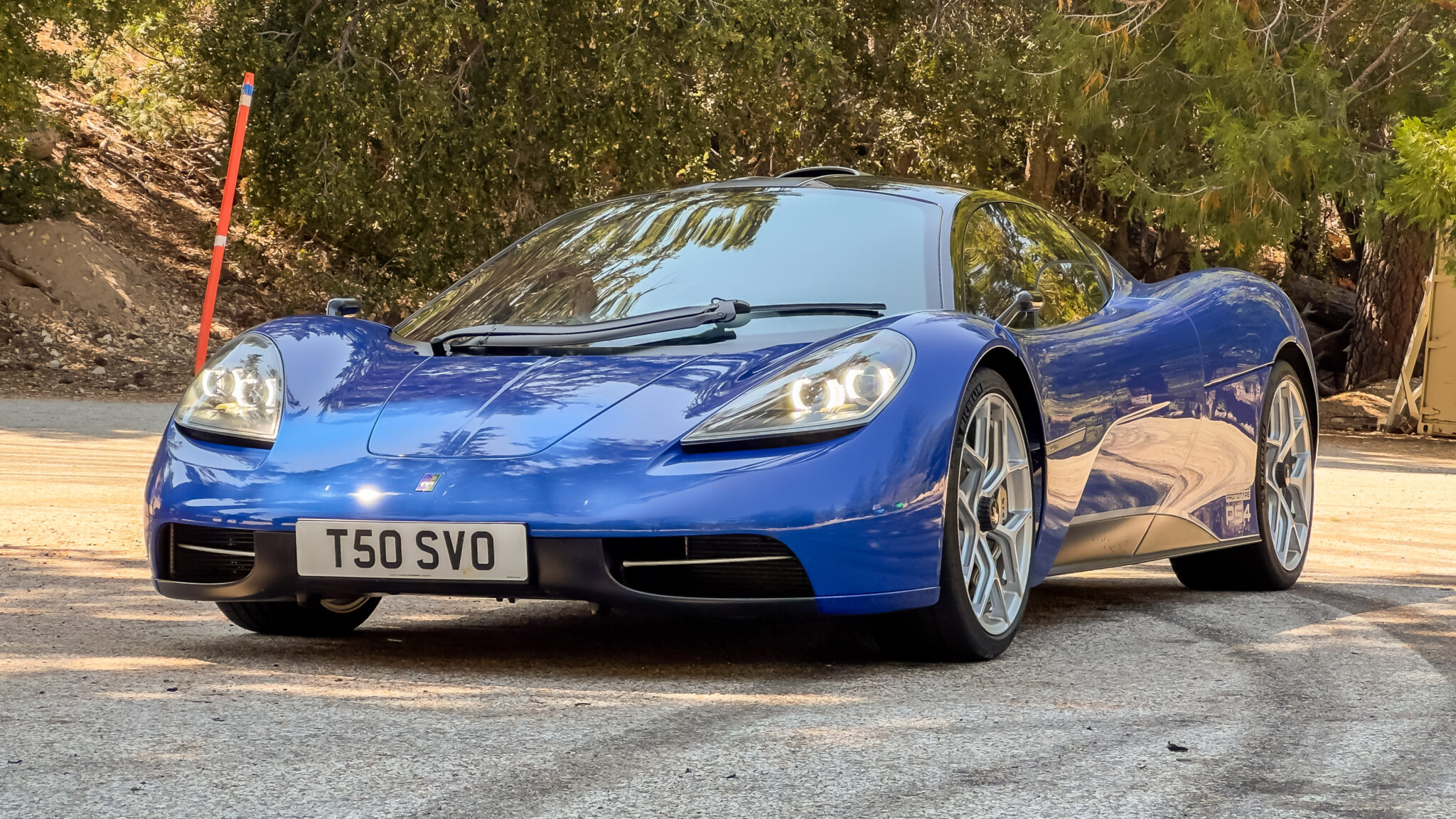
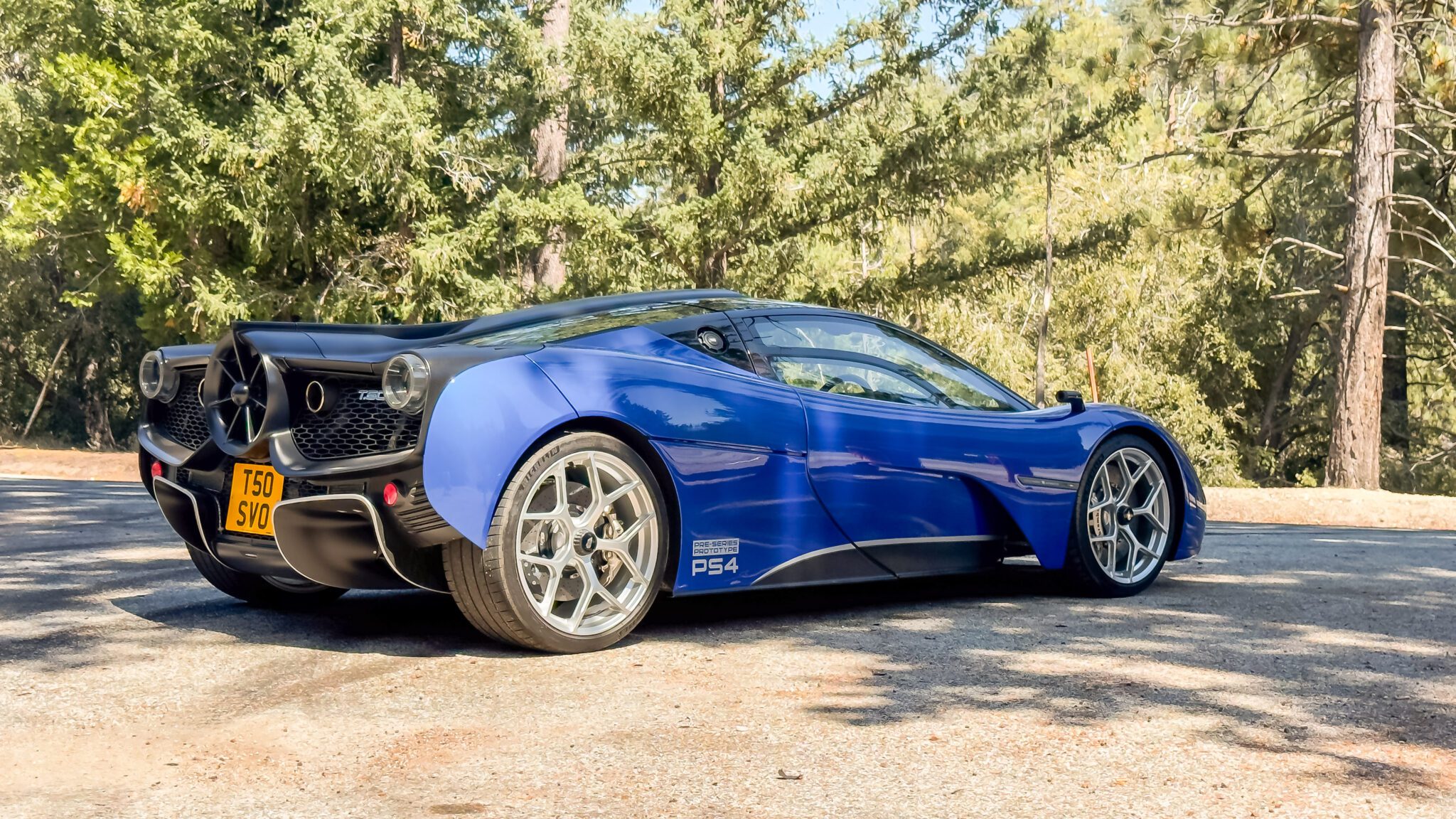
The recipe that birthed the GMA T.50 reads as simple enough on paper, but it’s far from easy to pull off. We’re talking about a car the size of a Porsche Boxster that seats three and has a naturally aspirated V12 bolted to its back. A car defined by its tactility can easily be spoiled if it fails to nail the details. The T.50 has no electric motor to torque fill, much less torque vector or turbos to produce low-end shove. It moves through gears manually via a lever and clutch oh and, lest I forget, revs to a whopping 12,400 rpm.
I met Dario and the GMA team at a park just south of the canyons where the blue T.50 sat, doors up, as passers-by looked more than confused at its presence. After some quick introductions, I stuffed myself into the left seat, the right chair’s space slightly occupied by the shifter, and we set off. This particular example wore a sticker in its rear quarter that read “Pre-Series Prototype P54,” a point reinforced immediately when Dario said, “The A/C might be broken.” Thankfully, on this near 100-degree day, it wasn’t.
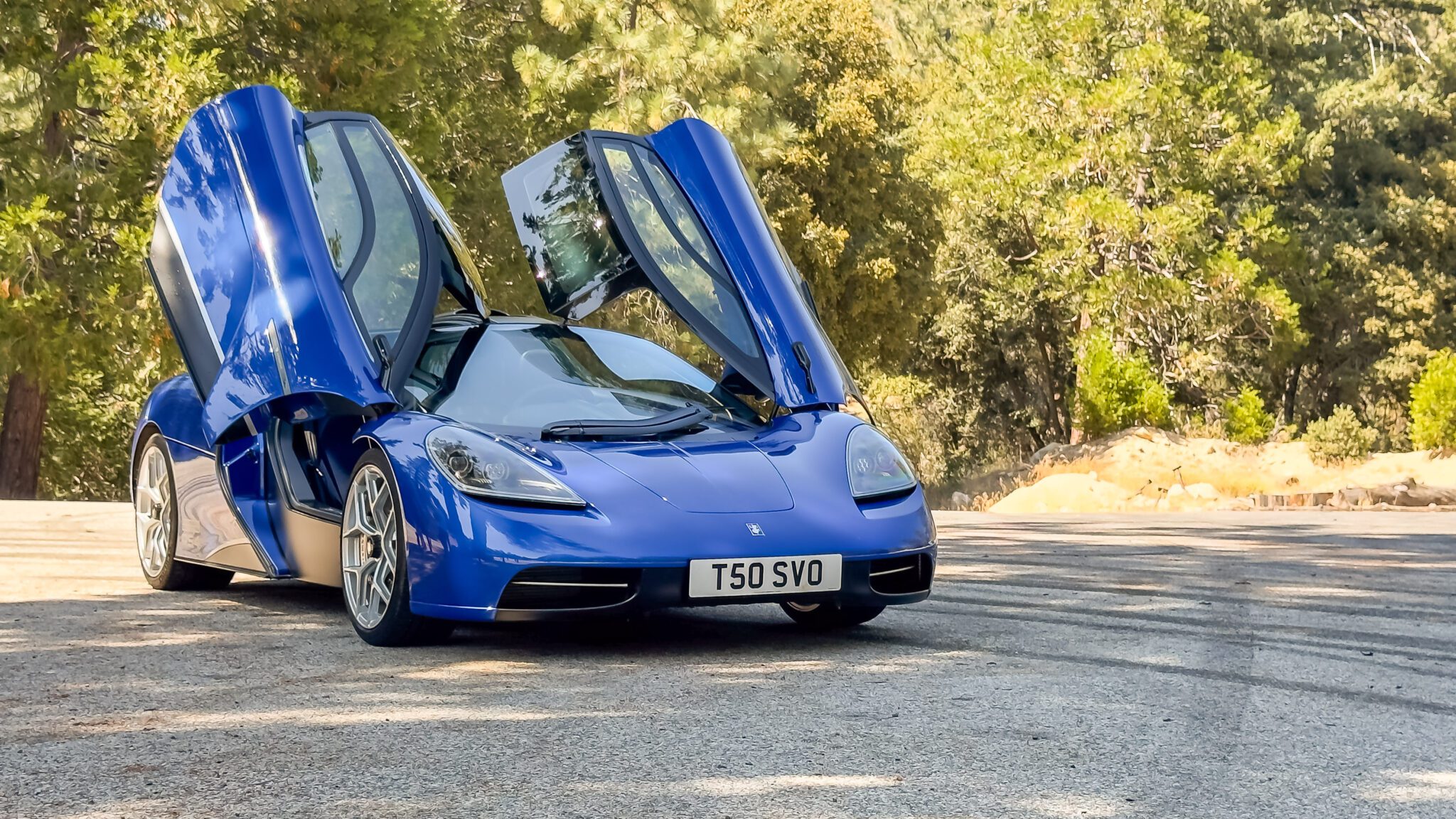
As we left Sunland, CA, behind, and the road began throwing twists at us, Dario jumped a few gears. He went into fifth despite us moving at a pedestrian pace. “I want to show you that this car has torque in any gear, at any speed.” That’s when he floored it, and the T.50’s 4.0-liter V12 delivered enough force to press us into the seats as its exhaust woke up with a low howl, all despite producing a minuscule by modern standards, 353 pound-feet of torque.
The horsepower figure, an impressive 661, becomes even more so when you consider this car’s 2,200-pound dry weight. Which is to say, this acceleration is a collaboration between its Cossworth-developed engine and GMA’s obsession with lightness. While the British carmaker doesn’t publicly quote a 0-60 time, we know it tops out at 226 mph.
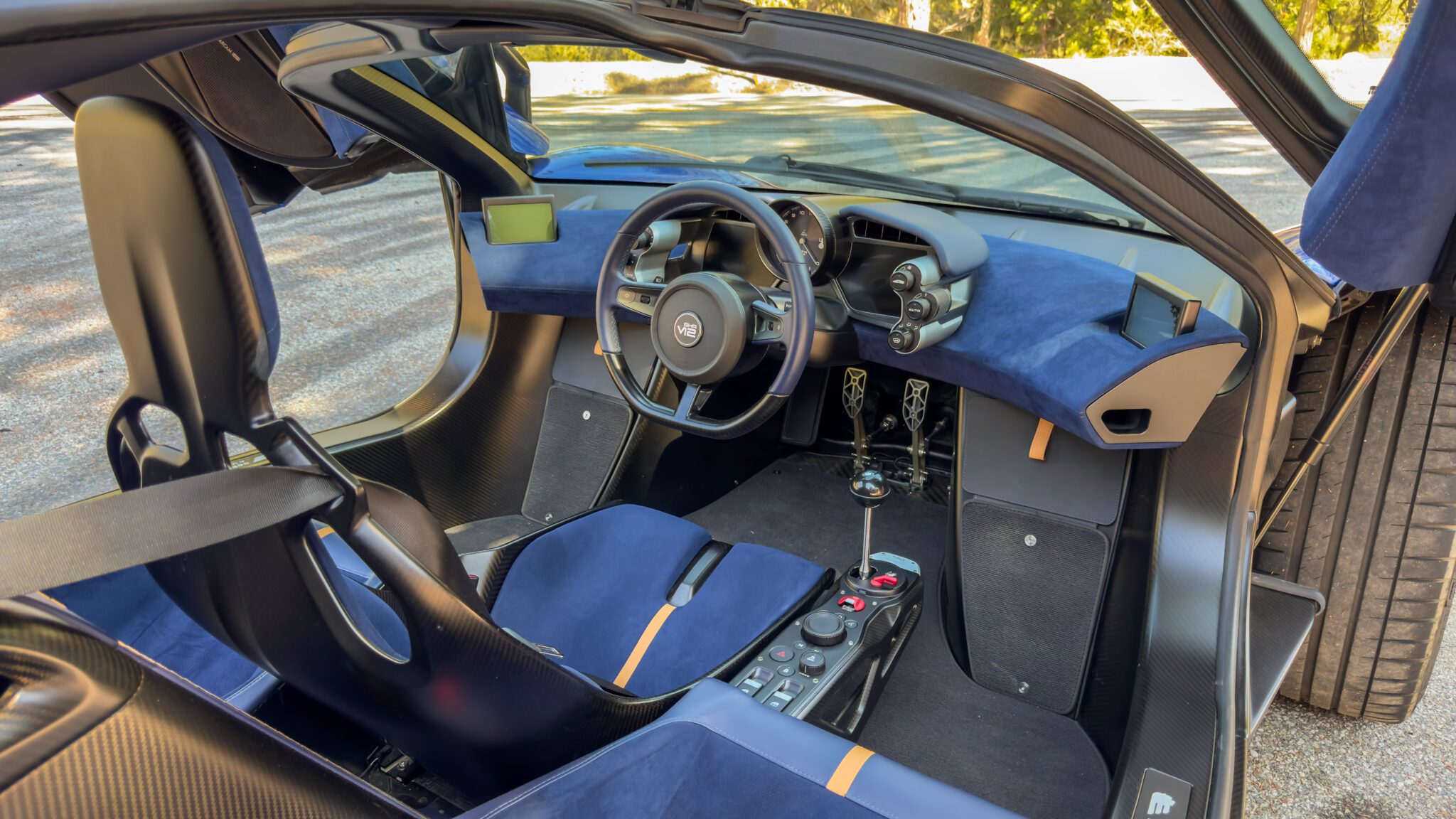
We pressed up the hill, the conversation inside the car straying away from the GMA T.50 and onto Dario’s personal car collection, our affinity for old 911s, and the effects of electrification on modern supercars. Dario, who joined Gordon Murray Automotive to aid the car’s development, shared how challenging dialing in such a tactile car can be. “The feeling of the steering, the shifter, it all has to be just right.” A point that’s doubly important for a new manufacturer charging $3 million a piece.
I watched as the bends came and went, the car’s nose changing direction rapidly. It moves through bends with the agility only a truly light machine can. No matter how far tire and suspension technology has come, nothing can replicate the feeling of a genuine featherweight. Despite hitting the odd rock or significant road imperfection, the GMA T.50 never crashed over them; its relatively soft passive dampers effortlessly absorbed them without issue. Yet again, its 2,200-pound dry weight pays dividends, circumventing the need for firm shocks.
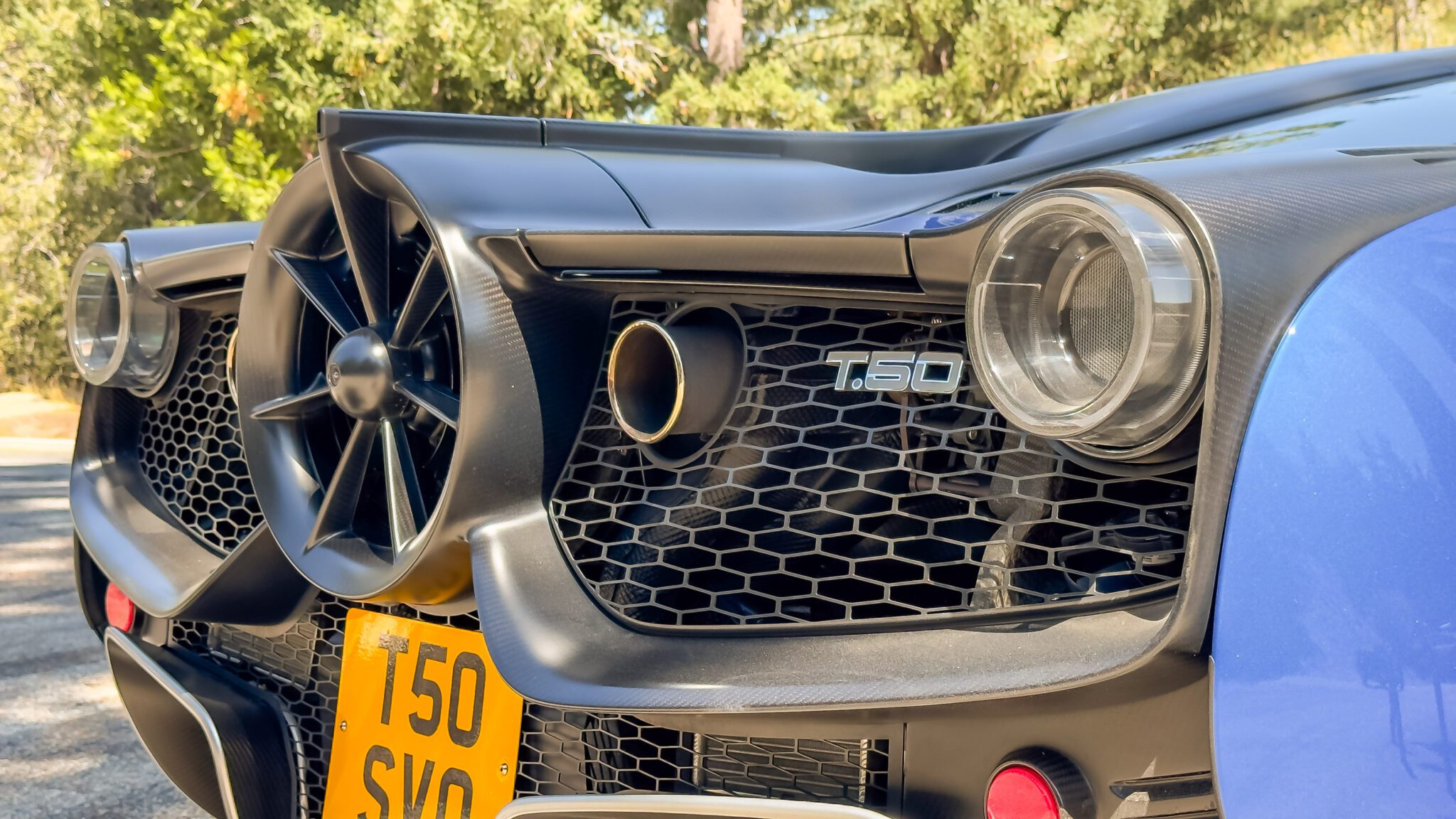
We reached the tunnel entrance as Dario said, “Here we go,” stepped down a few gears, and punched it. Even after the downshifts, the tach hovered around 6,000 rpm. We shot into the dark underpass, the central gauge reading nine, then 10, and eventually, 11. We breached the other side as the tach crested 12, and Dario stepped up a gear.
Those last few thousand revs completely changed the note emanating from its twin rear pipes. It morphs from a low-end growl to a full-on howl and, eventually, a glorious ear-piercing screech. More impressive, however, is the induction noise in the cabin, characterized by the T.50’s separate intake plenums. A sound not even the upcoming T.33 will replicate despite being powered by the same V12 on the count of employing a single plenum for both banks.
A switch to the left of the steering wheel controls the T.50’s party piece, its downforce-generating rear fan, which is adjustable between various modes. Its over 15-inch carbon fiber fan is powered by a 48-volt system capable of generating up to 30 percent extra downward pressure when needed. However, that was hardly the case on this afternoon canyon drive.
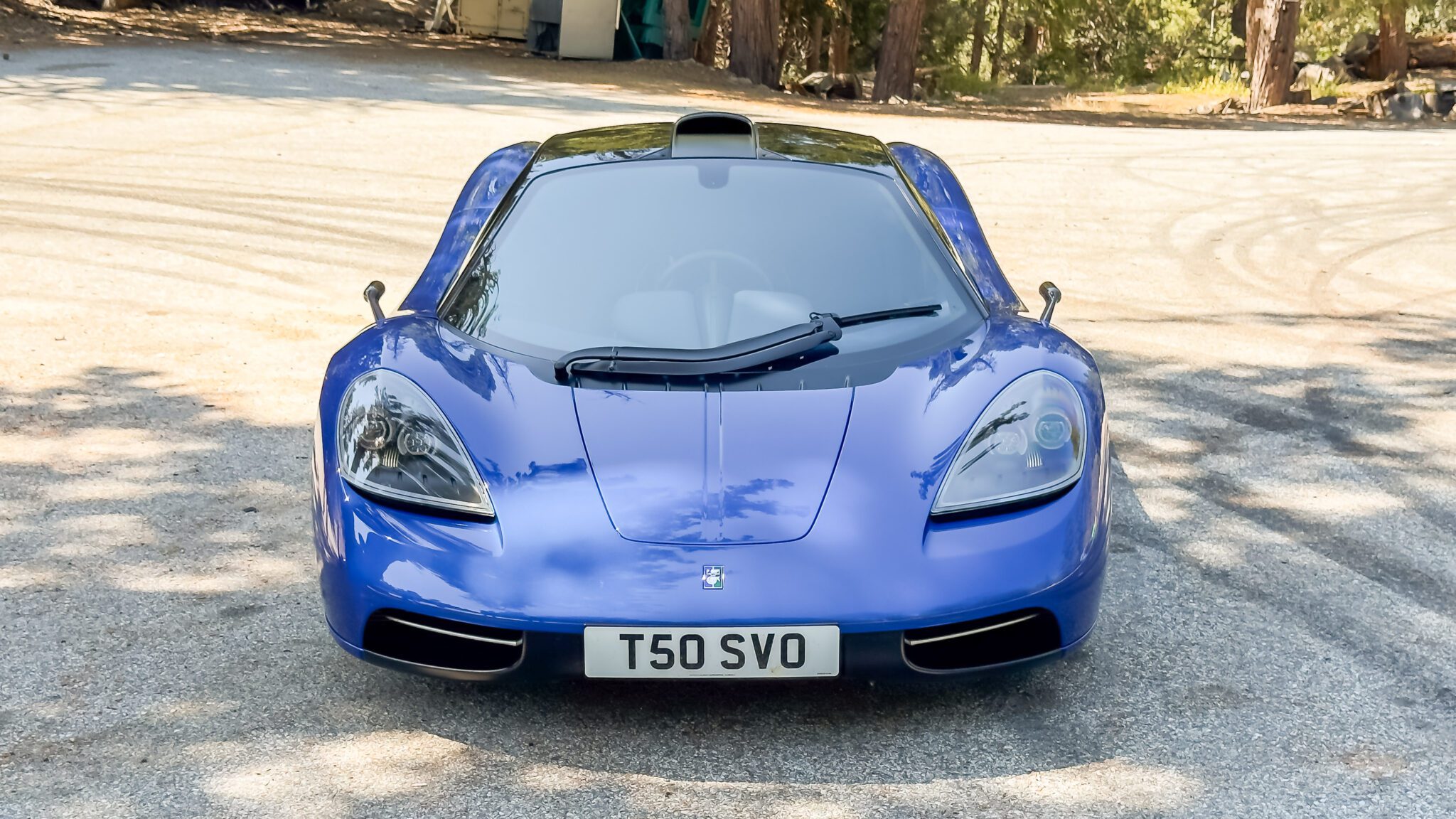
We reach the top of Angeles Crest Highway, stopping off at the iconic Newcomb’s Ranch to chat and give the car a chance to cool down. Dario tells me that around 25 of the planned 100 cars have been delivered, with around 40 percent of the total run coming to the US. Of that fraction, most of the cars will be making their way to collectors in California. While the GMA T.50 hasn’t been fully federalized, its successor, the T.33, will be, making it a massive deal for collectors on this side of the Atlantic.
GMA’s production strategy works twofold, ensuring the car’s rarity and the carmaker’s ability to get to know each of its customers. Given the low volume, it also allows the new brand to service cars more effectively. On this point, Dario spoke about GMA’s efforts to intentionally keep the T.50’s running costs low. For example, it rides on off-the-shelf Michelin Pilot Sport 4 S rubber and requires only basic servicing. The goal here is to keep the cars on the road more often and encourage their owners to drive them.
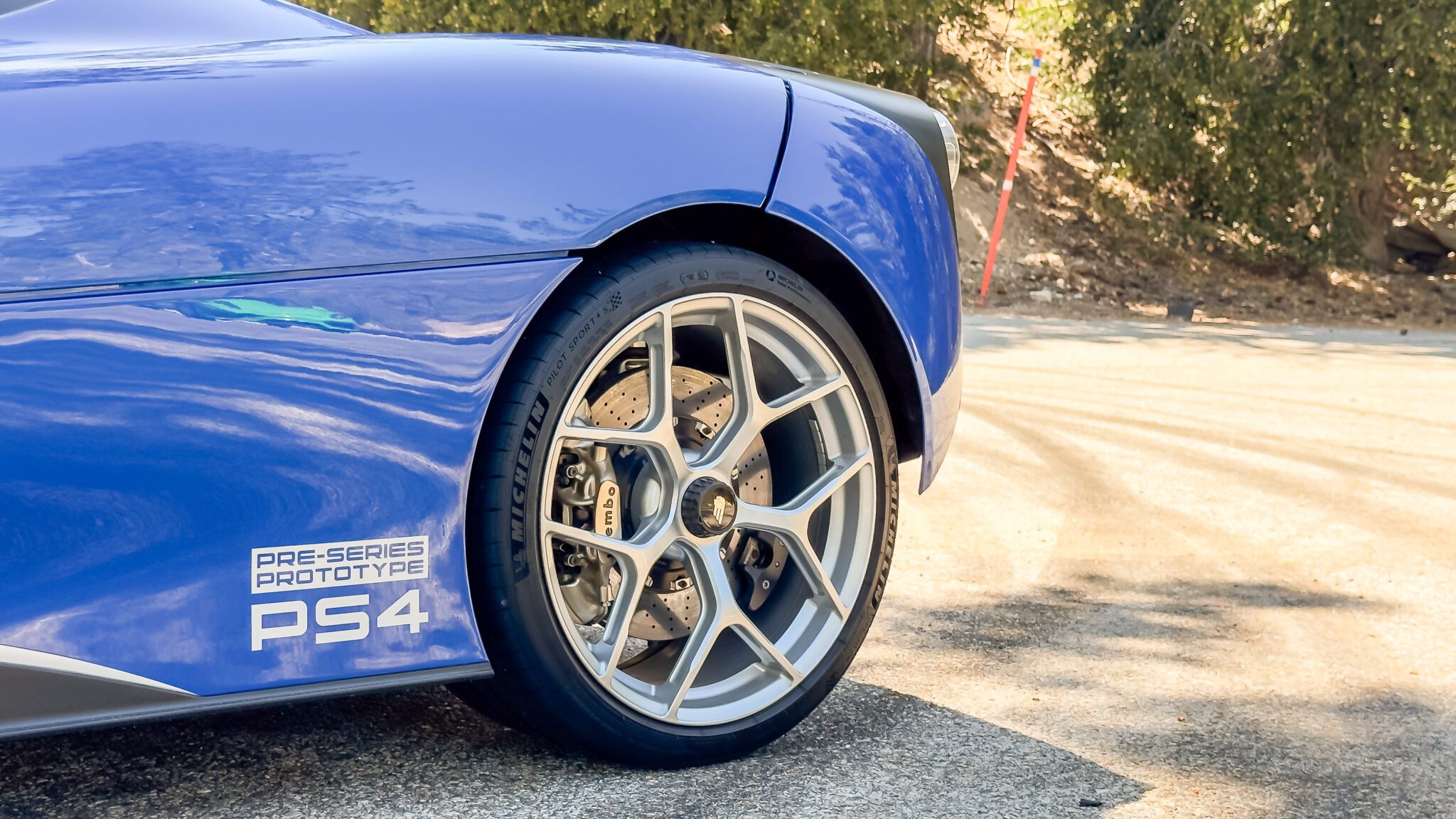
We hopped back in, continued the conversation, and calmly made our way back down the mountain. The whole drive lasted perhaps a few hours, but I couldn’t stop thinking about it in the days following and through Monterey Car Week. How foreign the T.50 felt amongst the latest metal, how light, how agile, and not to mention how evocative its high-revving V12 is. However, I wasn’t alone.
The same question resurfaced as I met with various carmakers throughout the week. “Should we bring back the manual transmission?” or “What do you think of this manual transmission trend?” My answer remained the same. “If you can do it, you should.”
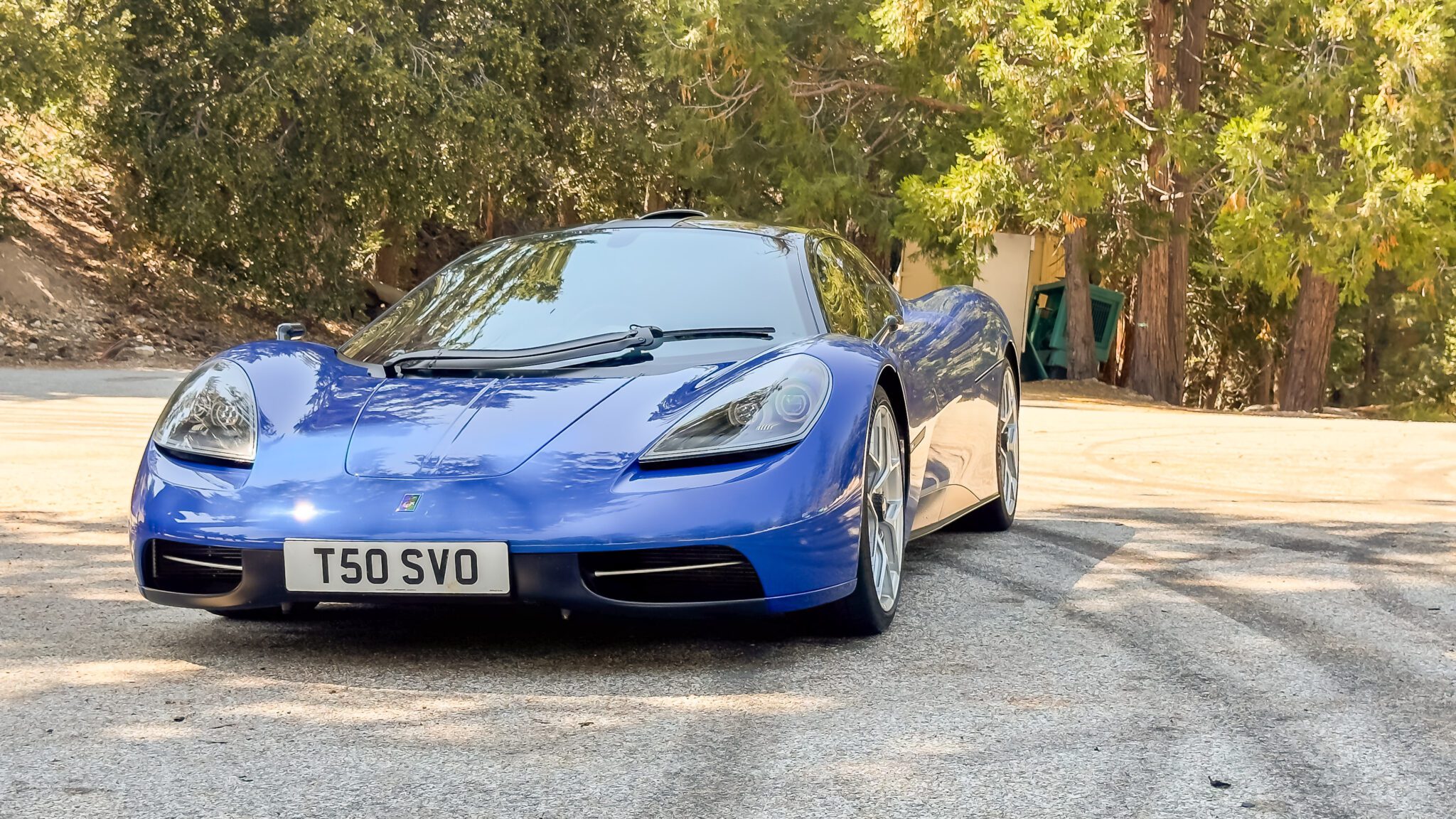
Regarding the super and hypercar space, the GMA T.50 stands as an anomaly. At least it did before last week. Whether it be the Lamborghini Temerario that exceeds 10,000 rpm, the Nilu 26 that blends a manual transmission and an NA V12, or the Bugatti Tourbillon and its high-revving brand-new V16, the industry is shifting. Even Pagani saw a 70 percent take rate for the manual option in the Utopia Coupe and Roadster.
The T.50’s arrival and subsequent sales success signaled a significant turning point for the space. When the people who can have anything want something tactile, naturally aspirated, and equipped with a manual, it’s representative that the outright pursuit of performance is no longer enough to drive appeal. As such, the T.50 wasn’t weird at all. It was just ahead of the curve.
Tags: Featured
Roadtripping A McLaren 750S Reveals The Strengths Of The Modern Supercar
350 miles in sweltering summer heat from Monterey to Los Angeles reveal the McLaren 750S as a compelling pseudo-GT.
by Gabriel Vega
in Reviews
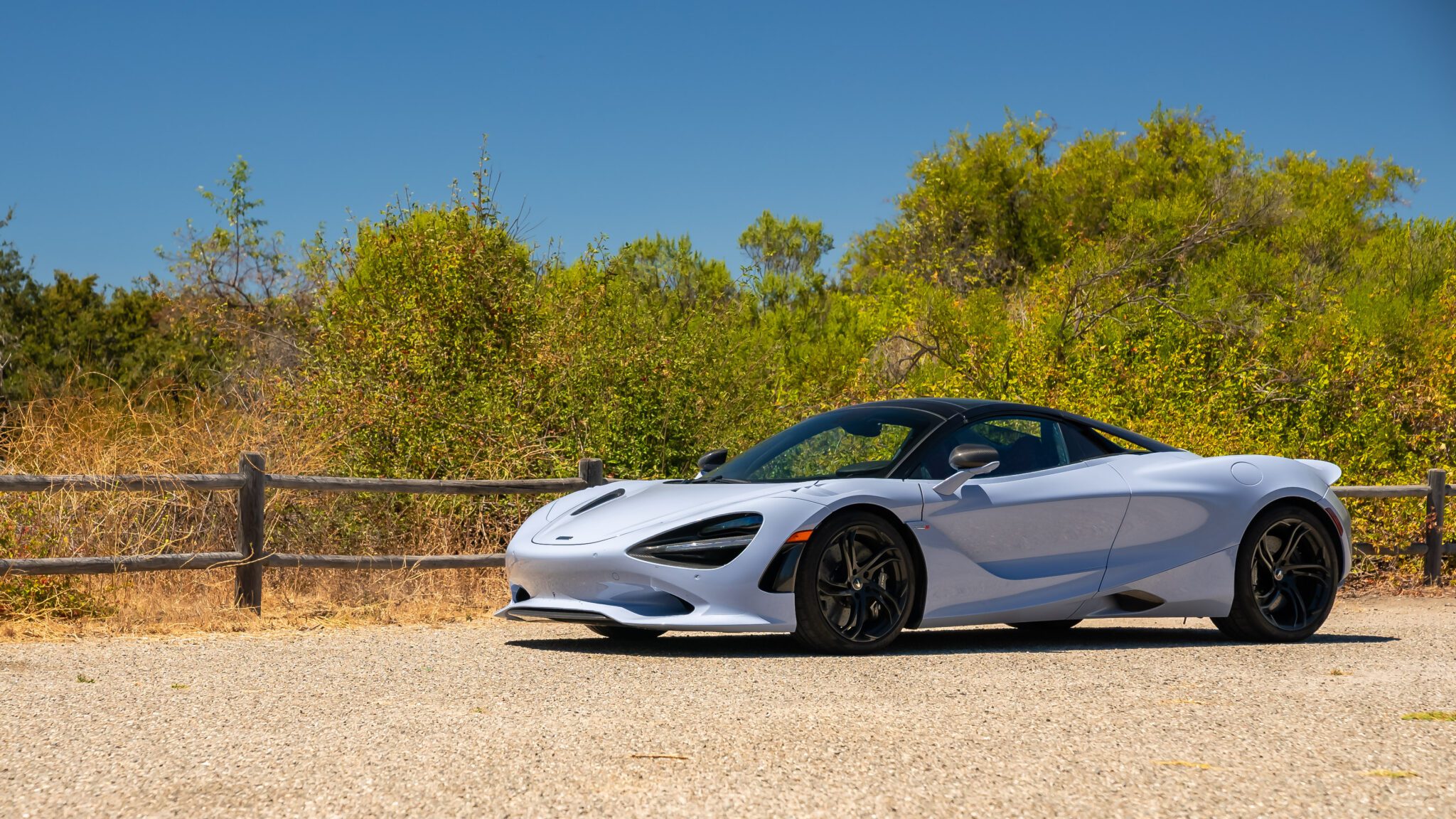
The days in which hustling a supercar up a winding road required precise gear changes, pinpoint steering inputs, and meticulous throttle application have been over for quite some time. As much as we’d like to feel like heroes behind the wheel, the truth is that thanks to modern stability and traction systems, practically all supercars, even machines with a million horsepower that shoot flames, are no more challenging to drive than a VW Golf. There’s no longer an inherent need to be in tune with the machine that surrounds you. Point the nose, squeeze the throttle, and speed is yours.
The more captious amongst us, myself included, will be quick to point out that this technological invisible hand often creates an impenetrable layer between car and driver. That we’ve lost something central to what makes a proper supercar in search of outright performance. Yet, as I settled into my nearly six-hour drive south from Monterey, California, back to Los Angeles behind the wheel of a McLaren 750S Spider, I found myself rejecting the very point of view I’ve held for years.
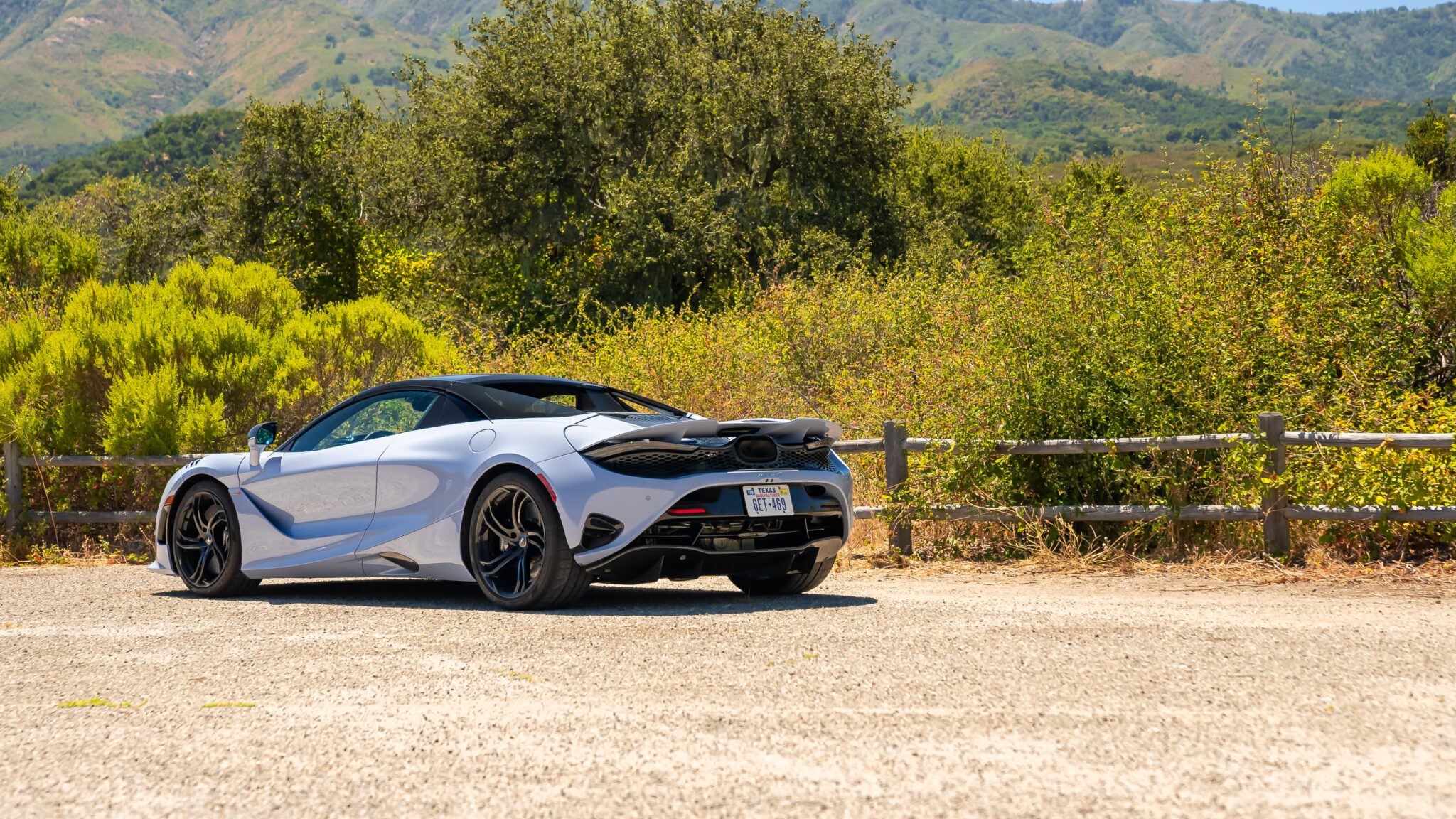
Covering 350 miles in the middle of summer with temps often cresting triple digits is not what McLaren had in mind when it developed the 720’s successor. After all, its driving spirit is to be a more thrilling machine. It’s more powerful, producing 740 horsepower and 590 pound-feet, quicker to 60mph (2.7 seconds) thanks partly to shortened gears borrowed from the manic 765 LT. Its steering, brakes, and suspension are tuned with increased driver feedback in mind. However, as I slipped into its carbon fiber racing seats, reminiscent of the P1’s, none of this mattered.
Instead, as Car Week 2024 came to a close, I threw my duffle bag in the passenger seat, stuffed a carry-on and a garment bag in the 750’s nose, and settled into its narrow bucket seats. Today, this fire-breathing supercar would have to play grand tourer.
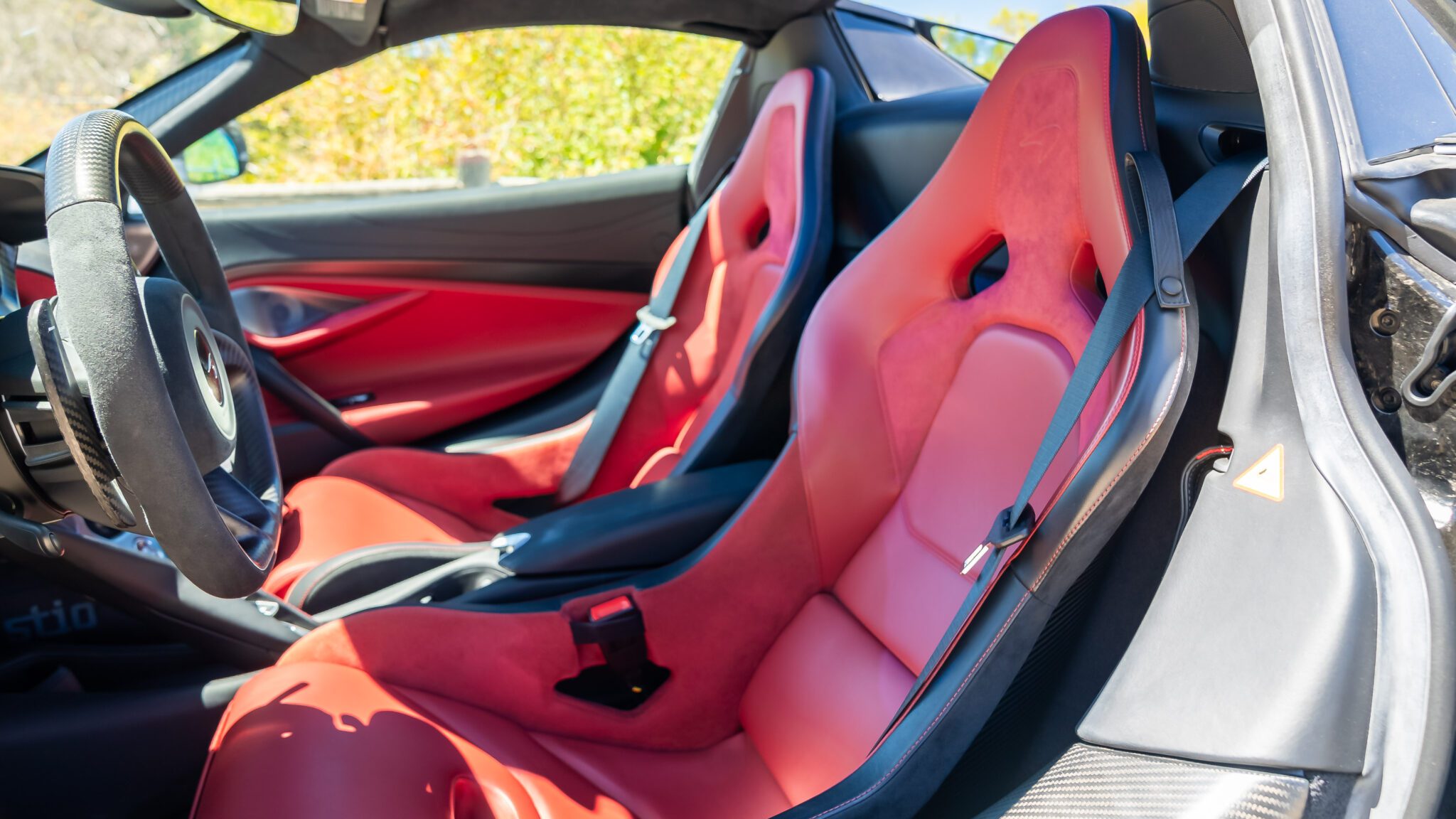
On paper, the $348,700 (including a $5,000 destination fee) McLaren 750S Spider reads like a terrible car for the job. Its 5.3 cubic feet of front storage space would make even Stuart Little want to pack light. There isn’t much room in the cabin if you don’t. If you have a passenger, that is. Fly solo, and the 750’s beautifully trimmed red leather and suede passenger bucket seat makes for an excellent, albeit pricey, shelf.
Luggage secured, I fired up the twin-turbocharged 4.0-liter V8 behind me, dropped the Spider’s top, which folds in 11 seconds at up to 31 mph, and set off. One of the 750’s party pieces, and every other McLaren for that matter, is the ability to adjust suspension and powertrain settings individually. Should you want to waft around town while savoring every pop and crackle its sonorous exhaust produces, you can do so without firm shocks shaking your teeth.
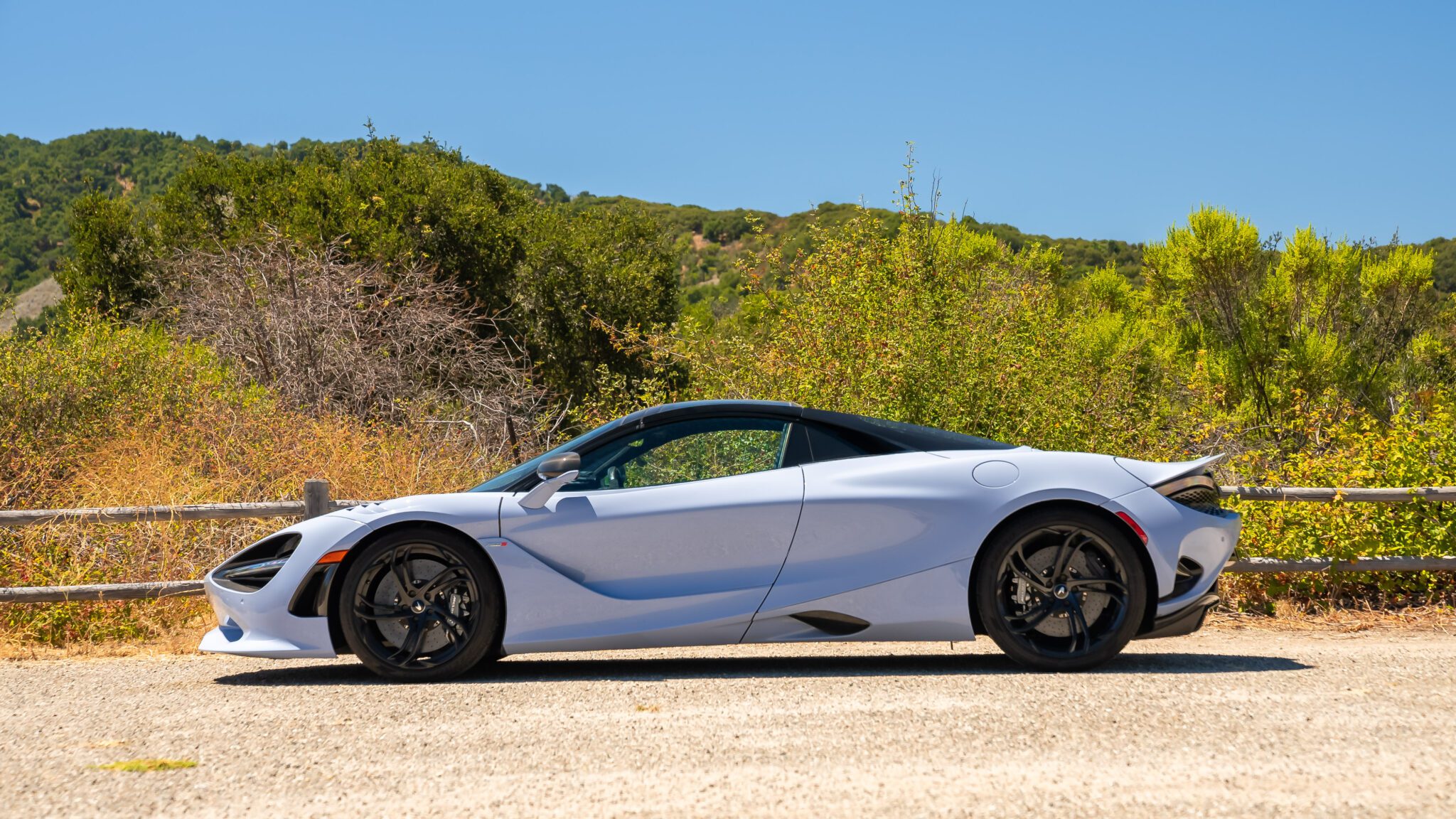
Like 2010’s 12C, the 750S’s paddle shifters are made of a single piece of carbon fiber. McLaren’s unique design allows you to up and downshift by pushing or pulling a single paddle. You can hold your coffee in your right hand while steering and ripping shifts with your left. It’s the little things.
Leaving Carmel, CA behind, I jumped onto the 101 heading south, following a delightfully loud Lamborghini Revuelto driven by a close friend. Moving into the left lane as its speedo climbed, the McLaren 750S settled nicely with its engine and dampers set to comfort mode. Its hydraulically-linked suspension, updated dampers, and lightweight springs soak road imperfections effortlessly without excessive harshness or unnecessary jolts. And despite its shorter gear set, it cruises quietly in 7th while music supplied by its new Apple CarPlay connectivity emanates from its speakers.
Unfortunately, the Driving Assist Pack available for the Artura Coupe and Spider doesn’t make its way to the 750S’s option list. As such, you won’t be able to get blind-spot monitoring, adaptive cruise control, or cross-traffic detection, which work brilliantly and only makes McLaren’s “entry-level” model even more usable.
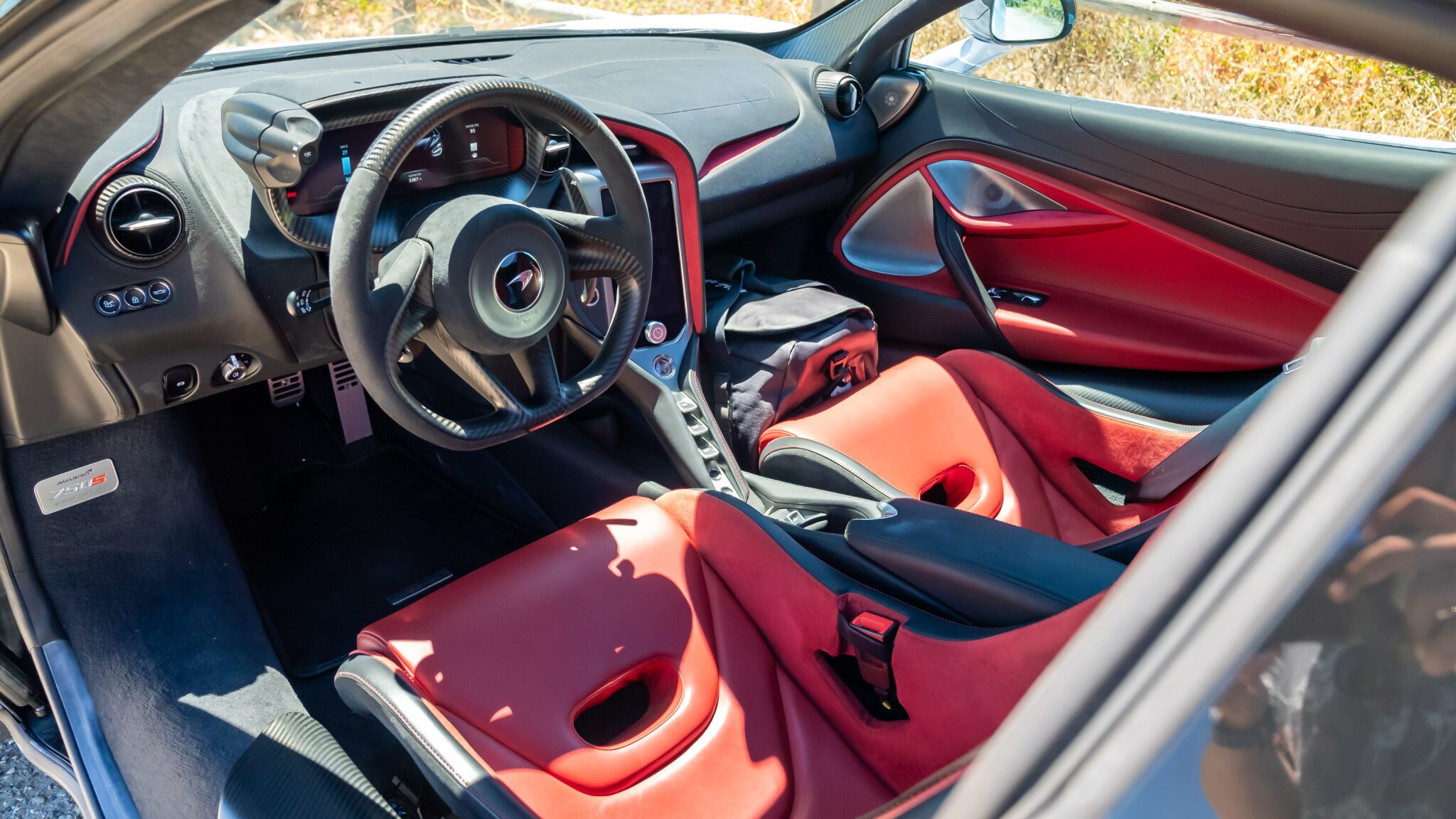
Call it Stockholm syndrome if you like, but the 750S’s P1-inspired buckets became a nonissue by hour two. Despite being relatively narrow, they’re supportive, reducing strain on your lower back. While you’ll have to roll them back to jump out, and I do mean jump out, they’re perfectly agreeable once you’re wedged in. Although the base Comfort seat will be more suitable for longer drives, it lacks the lateral support you’d want for a car this athletic.
As counterintuitive as it may sound, I’ve repeatedly found that the Super-Lightweight Carbon Fiber buckets, a.k.a. the Senna seats, work best for my 5’11 frame. Available in two sizes, adjusted mainly by padding thickness, they’re wider than the P1 seats and thus more comfortable and easier to get in and out of. Plus, it doesn’t hurt that they’re the best to look at.
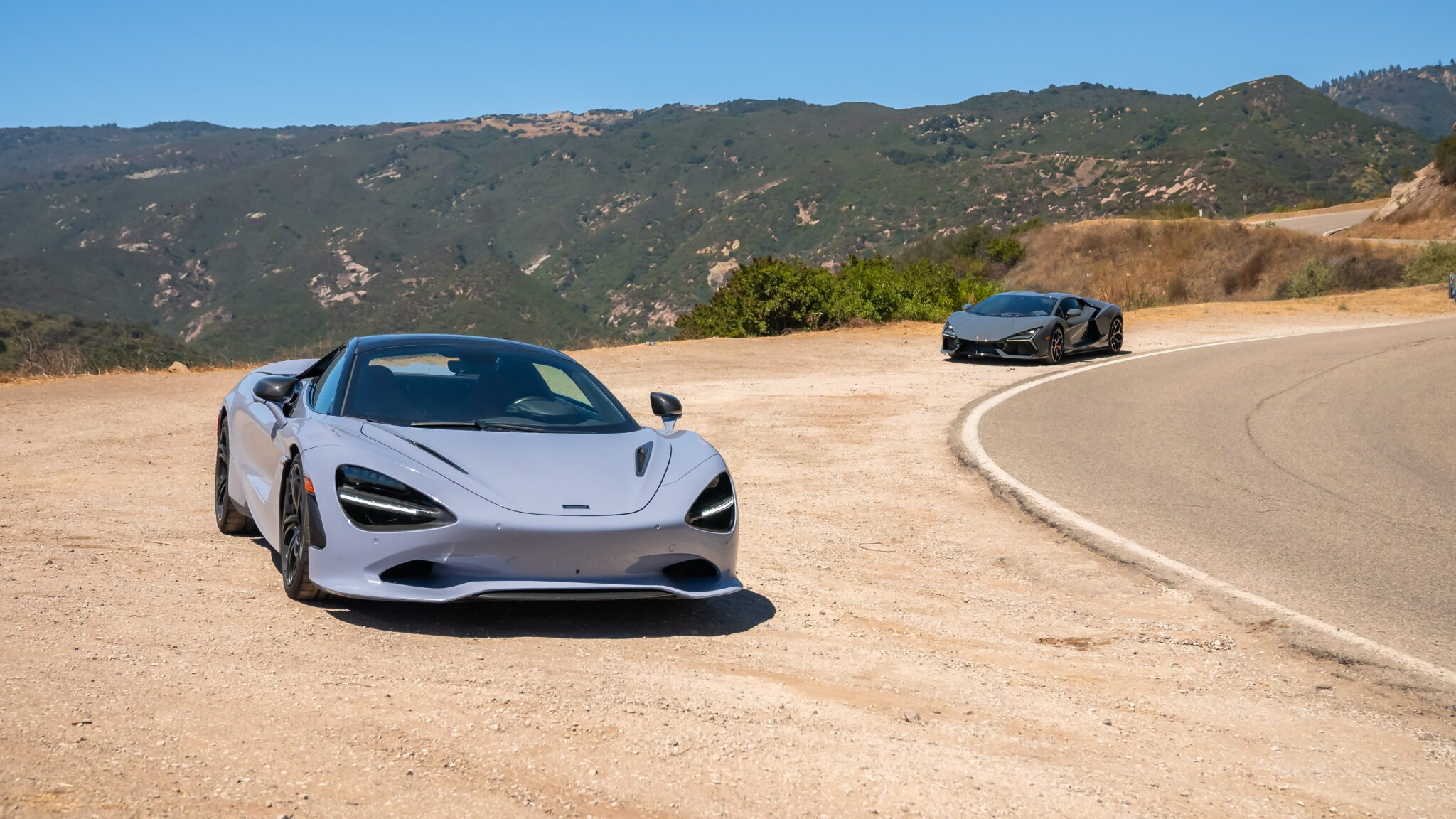
As Santa Barbara drew closer, I turned off the highway and onto a twisty set of canyon roads that led down to the Pacific Ocean. With the top folded and its engine and suspension set to Sport mode (Track is less theatrical with smoother shifts for quicker lap times), the McLaren 750S morphed from a pseudo-GT into the thrilling supercar it was designed to be. I chased the Revuelto ahead for miles, diving into corners, the Mac’s impressive grip levels pressing me further into its bucket seats, only to shoot out the other side with tremendous speed.
As far as modern supercars go, the McLaren 750S feels charmingly old-school in the best ways. Its hydraulic steering offers the best feedback in the business, communicating even the slightest rut to your fingertips. Its brakes require a committedd press to actuate, but reward you with clear communication through the pedal. Click down a few gears, and it’ll serve up authentic pops from its crackling exhaust as it changes direction instantly, made possible by its 3,170 curb weight.
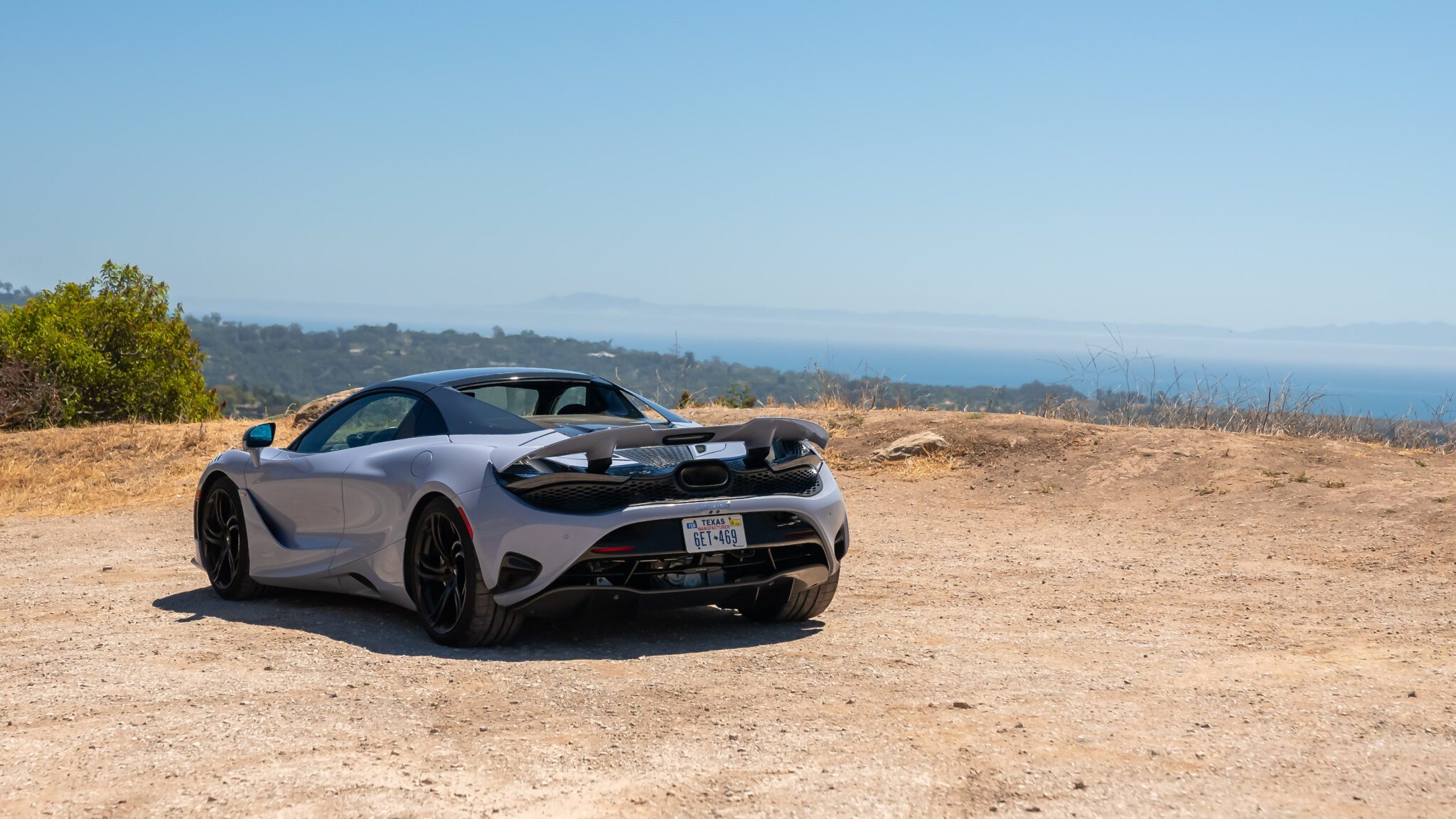
As the Pacific came into view, it finally clicked. This is the same car that silently cruised on the highway for hours, lugged a week’s worth of luggage, and still managed to be plush despite sporting fixed buckets. Supercars have never been easier to drive, and while that often takes away from the rawness of the experience, that’s a worthwhile trade-off if you end up with a more usable machine. What good is an on-the-edge exotic if the need to drive it only arises on special occasions under ideal conditions?
There’s a balance to be had, and the McLaren 750S finds it. This isn’t the type of car that requires masochistic inclinations to drive daily, but it’s more than engaging enough not to need any stablemates. Throughout my week in Monterey, I took it to the supermarket and bounced between events while still looking forward to a few hours of highway driving. As suspension technology intersects with more feature-packed cabins, the need for a dedicated Grand Tourer has begun to fade.
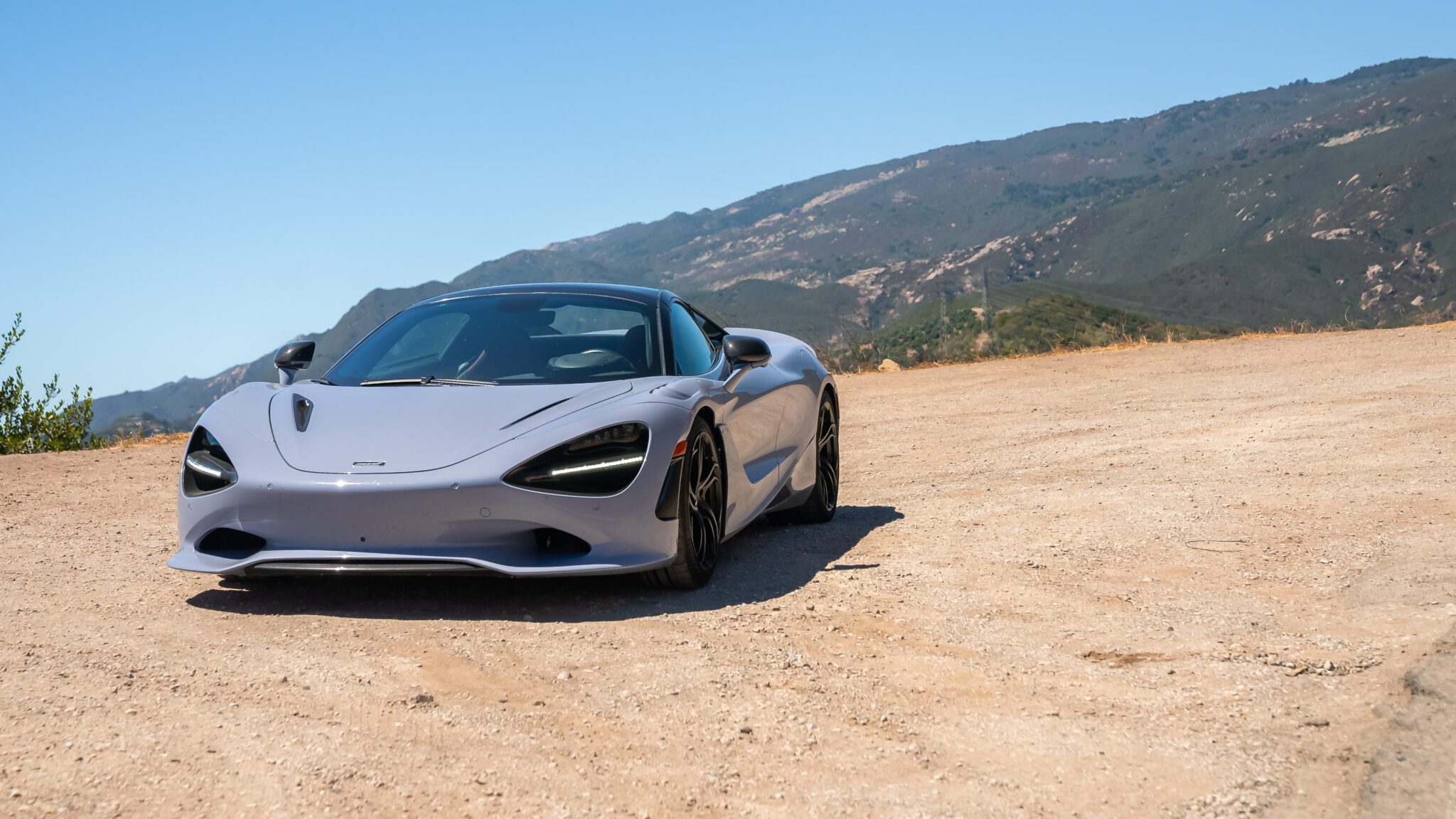
If you want any indication of how far the modern supercar has come in its usability, I lamented the 750S’s lack of adaptive cruise control earlier in this piece. Imagine asking the same of a Lamborghini Murcielago or a Porsche Carrera GT from 20 years ago. It simply wouldn’t happen.
Over the last 15 years, supercars have moved into a new vehicle class as owners and writers demand more versatility from these poster-worthy machines. However, after my drive in the McLaren 750S, I’m no longer convinced this is inherently bad. Of course, it comes down to how the latest powertrain and suspension tech is deployed, but if anything, supercars become more interesting the more usable they are. We get to use them, see them, experience them more.
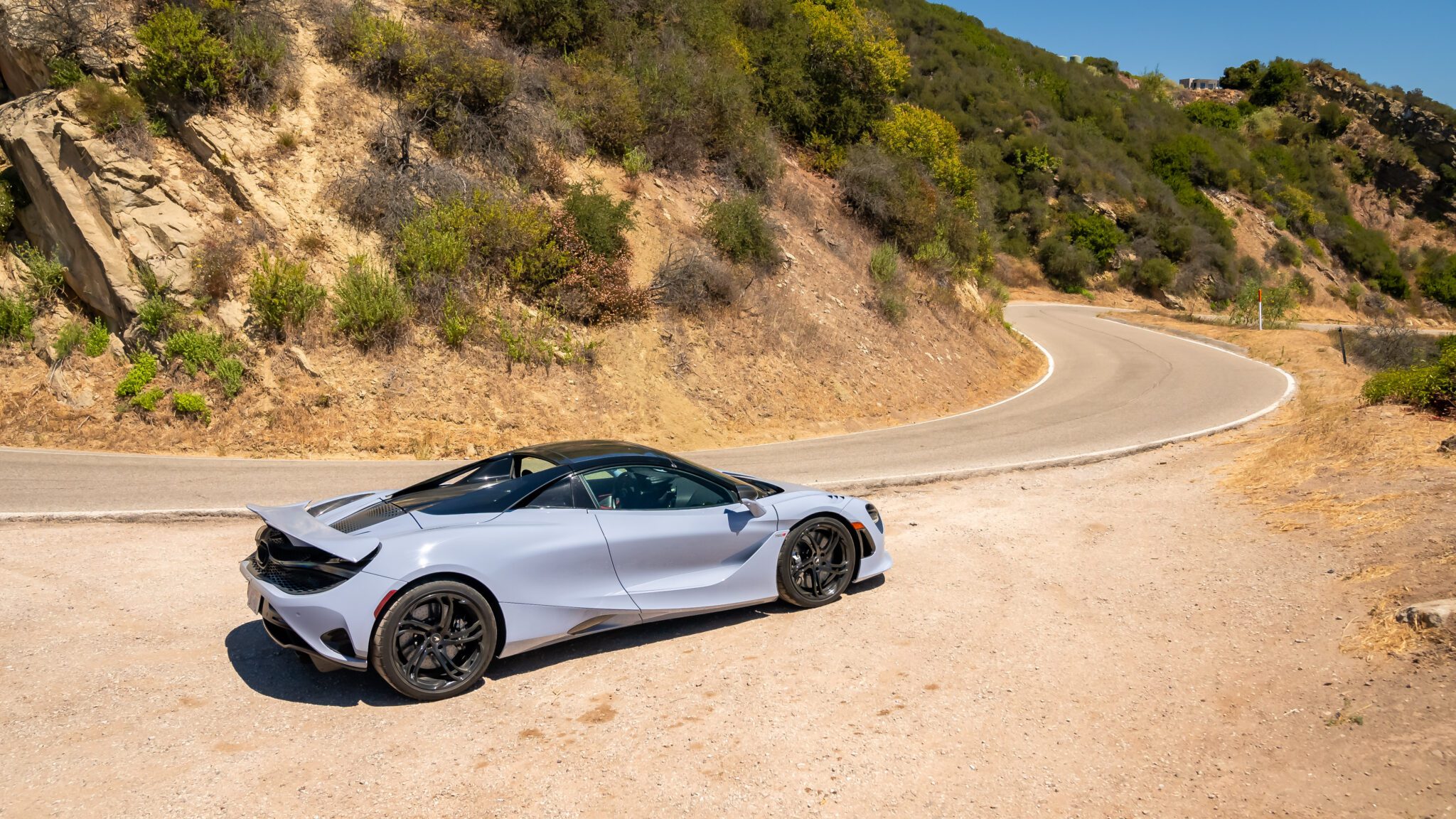
We enthusiasts are a fickle, almost unappeasable bunch. Give us a too-extreme or docile car, and we’ll still find things to complain about. However, we can all agree that more miles spent driving interesting cars will always be a good thing. While you’d have to think twice about road-tripping the aforementioned Porsche or Lambo, this isn’t the case with their modern successors.
As I reached Los Angeles and the sun began to set, I couldn’t help but wish my trip had another leg. It’s too soon to tell what the next electrified chapter of the supercar story will look like. Will they become even more usable? More docile? Less exciting? Cars like the hybridized Artura and the Ferrari 296 make a positive first impression. And while we do know the 750S will be replaced by a V8 hybrid-powered successor soon, we can only hope it tackles this new era with the same driving spirit as its predecessor.
Tags: Featured



